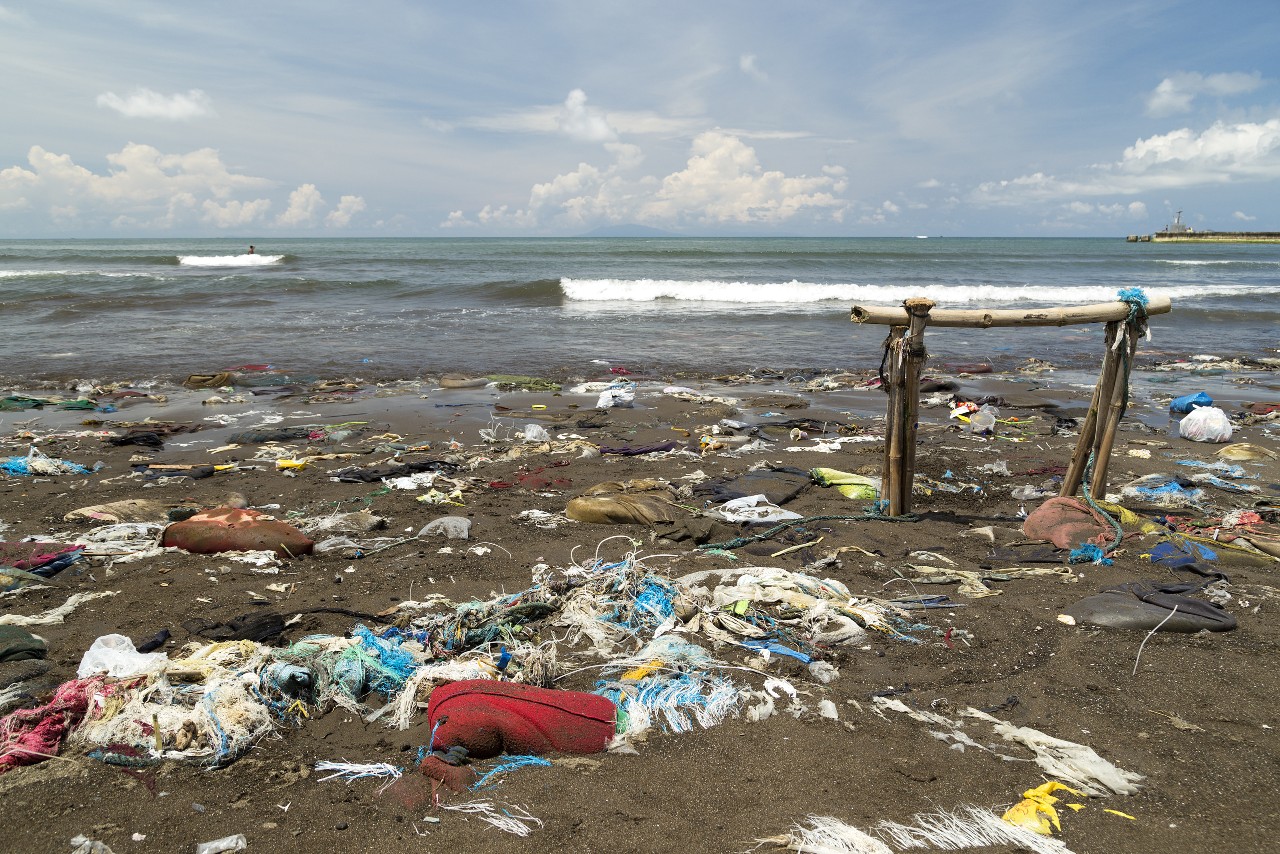Manila is the capital of the Philippines and the most densely populated city proper, with 71,263 people per square kilometer, in the world as of 2019. The city is located on the eastern shores of Manila Bay. The Pasig River flows through the middle of the city, dividing it into the north and south sections. The term “Manila” is commonly used to refer to the whole metropolitan area, the greater metropolitan area or the city proper. The officially defined metropolitan area called Metro Manila, the capital region of the Philippines, includes the much larger Quezon City and the Makati Central Business District. It is the most populous region of the country, one of the most populous urban areas in the world, and is one of the wealthiest regions in Southeast Asia. The city proper is home to some 1.8 million people, and Metro Manila has a population of over 13 million.
The Spanish city of Manila was founded on June 24, 1571, by Spanish conquistador Miguel López de Legazpi. The date is regarded as the city’s official founding date; however, a Tagalog fortified polity called Maynilà had already existed on the site, dating back as far as 1258, from which the Spanish and English name of “Manila” was derived. A Spanish fortified city called Intramuros was built directly on top of the site of old Maynilà, following the defeat of the polity’s last indigenous Rajah, Sulayman III, in the Battle of Bangkusay.
In the following centuries, the city changed hands repeatedly. It was captured by Great Britain in 1762 as part of the Seven Years’ War in Europe. After Mexico gained independence in 1821, Spain began to govern Manila directly. Under direct Spanish rule, banking, industry and education flourished more than they had in the previous two centuries. The opening of the Suez Canal in 1869 facilitated direct trade and communications with Spain. After the 1898 Battle of Manila, Spain ceded Manila to the United States. The First Philippine Republic fought against the Americans for control of the city. The Americans defeated the First Philippine Republic and captured President Emilio Aguinaldo, who declared allegiance to the United States on April 1, 1901. Today, Manila is a major center for commerce, banking and finance, retailing, transportation, tourism, real estate, new media as well as traditional media, advertising, legal services, accounting, insurance, theater, fashion, and the arts in the South East Asia region.
Solid waste management remains a major challenge in the Philippines especially in urban areas like Metro Manila. Improper wastes disposal, inefficient waste collection and lack of disposal facilities are among the dominant concerns in the country’s solid waste management. Unless these are addressed, the waste generated from various sources will continually lead to health hazards and serious environmental impacts such as ground and surface water contamination, flooding, air pollution and spread of diseases. The Metro Manila generates over 10,000 tons of waste every day, and this is expected to double by 2030. A sizable proportion of the refuse is openly burned, further worsening the quality of the city’s already heavily polluted air, or dumped in rivers, creeks and Manila Bay.
In 2001, the government enacted the RA 9003 or the “Ecological Solid Waste Management Act of the Philippines” to encourage the reduction of waste at source, recovery, recycling and reuse of wastes, creating mandatory targets through the local government units. However, there is a very limited number of materials recovery facilities equipped with technologies to reduce wastes like recycling and composting. This coupled with the accelerated economic growth, high demand for energy and much dependence on imported fossil fuels, creates a promising environment to waste-to-energy technologies.
WOIMA has the perfect solution to help Manila reduce the waste-induced challenges. We have developed a decentralized waste management and power generation solution called “WOIMA Ecosystem” that helps countries and cities to cope with the increasing waste challenges that they are facing. WOIMA Ecosystem recycles the waste into raw materials and energy in the most efficient manner close to where the waste has been generated reducing the waste quantity by over 95%. The small-to-medium size WOIMA Ecosystems are distributed close to where the waste is generated, thus offering significant waste logistics and power distribution savings in addition to solving the waste problem.
Follow our blog series “Drowning in Waste” to find out more about how WOIMA can assist various countries and cities to mitigate their waste-induced challenges.
WOIMA Ecosystem for 250 tons per day of MSW
Decentralized W2E power generation Nairobi, Kenya
Find out more about wasteWOIMA® technical solution
Check Your Waste Characteristics
Contact Us
WOIMA Corporation is a Finnish supplier of best-in-class waste-to-value products, projects and services worldwide. We have developed solutions that enable us, and the customer, to transform and recycle virtually any waste stream into raw materials and energy. At WOIMA we combine Finnish engineering know-how in waste management with power generation design expertise. These solutions are used in Finland every day. They support the circular economy ideology and ensure that less than 1% of Finland’s waste ends up in landfills.
Our mission is to improve quality of life both locally and globally, as well as empower people to utilize waste as a commodity. Our decades of international project management experience ensure an on-time, in-budget and high-quality WOIMA solution delivery across the globe.








